Transition: Brigitte Niedermair's tribute to Giorgio Morandi on view and in print
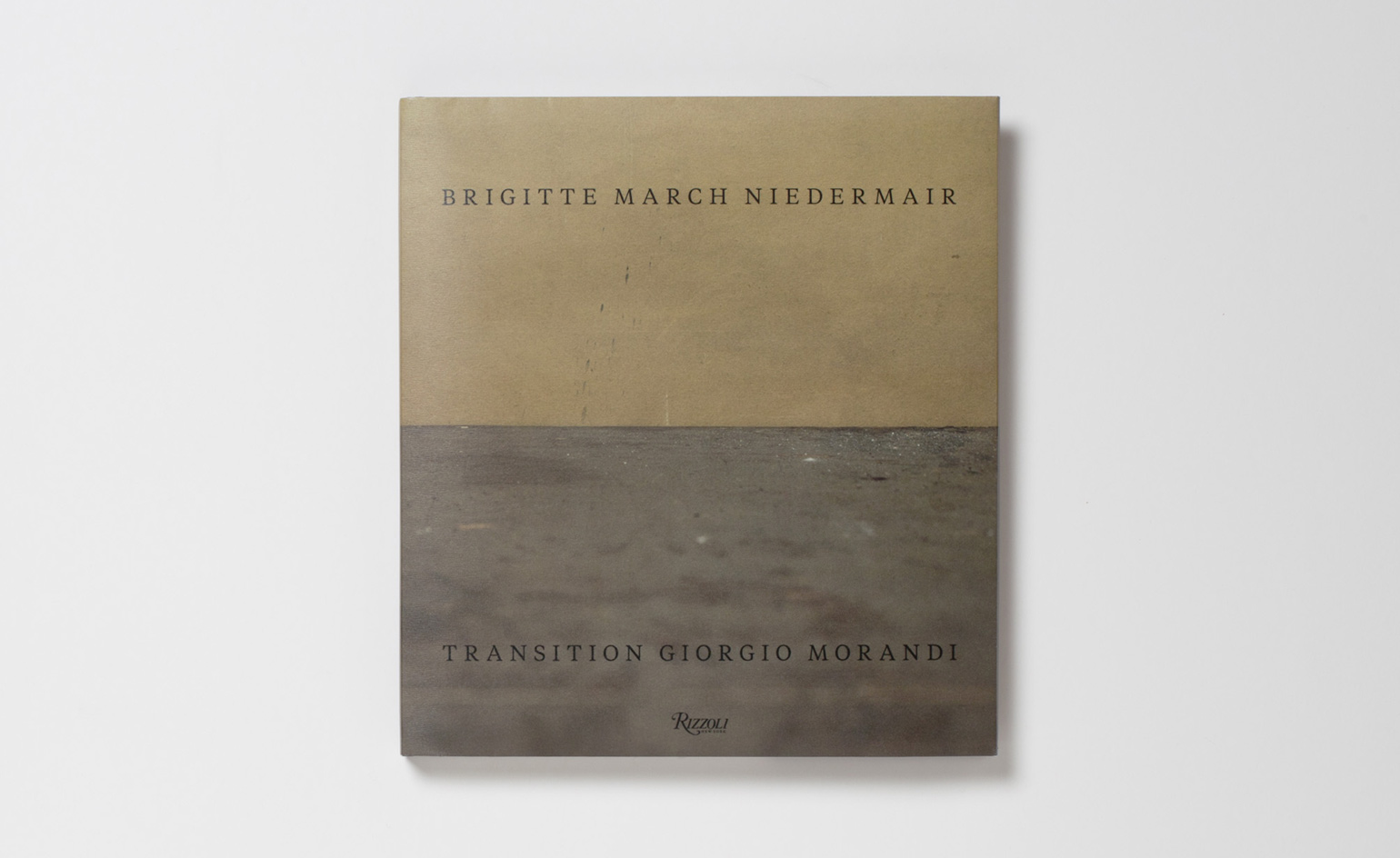
The appeal and influence of Giorgio Morandi’s quietly hypnotic still lives – studies in expert composition and tonal shifts – seems as strong as ever. And an on-going exhibition, 'Horizon', by photographer and occasional Wallpaper* collaborator, Brigitte Niedermair, will further fuel the fascination. Niedermair joins a growing list of artists, including Rachel Whiteread and Tacita Dean, to celebrate and riff on Morandi’s work. And – as with Whiteread and Dean’s ‘after Morandi’ work – Niedermair’s series of photographs is being shown at the Museo d’Arte Moderna di Bologna, which houses the collection of the Museo Morandi.
Morandi lived and worked in Bologna his entire life and Niedermair spent days in his small studio on Via Fondazza, shooting the same inanimate objects he painted. In Niedermair’s series of pictures entitled 'transition_Giorgio Morandi', these objects are blurred while the ‘horizon’ is in sharp focus. The project was recently immortalised in a new book by the same name, published by Rizzoli.
We caught up with Niedermair to discuss the Morandi's powerful influence and how this translates into the new exhibition in Bologna...
Wallpaper*: Why do you think the work of Morandi is still so influential? What is the appeal of his work?
Brigitte Niedermair: I have always thought that Giorgio Morandi influenced conceptual art in a very decisive way. His rigour, his concision, his metaphysical way of seeing things brought him to think about shapes as mental space. My desire has been always to compare painting languages with photography. A tough and perhaps too ambitious challenge, but its definitely stimulating to look for a dialogue with one of the greatest painters of the twentieth century. His rigorous poetry made me love him because he looks at art as an absolutely zen doctrine.
He seems to be a particular fascination for photographers, why do you think that is?
I think that Morandi’s painting caught photographers’ attention because he stops the gaze settling. His bottles force people to look beyond the steadiness of objects. His still-life paintings make everyone pause and think. And with his paintings he wants to show the fragility of existence, which is why he turns out to be a timeless painter.
You spent a lot of time in his studio. How did that influence the work that you created? What insight did that give you in to the way he worked?
I have always been fascinated by the mystery of his way of painting, the way it shows a sense of seclusion. That’s why I wanted to visit his studio in Bologna, to better understand his emotional sphere that made him to create in that tiny studio. I started my work about two years before I started taking photos of Morandi’s studio. I didn’t have the courage to do that. I felt like I wasn’t respectful to him and his art. After a while I developed the necessary courage. I wanted to talk about his deepest feelings but at the same time I wanted to talk about myself. Which is also why I wanted to call my work: 'Transition_Giorgio Morandi.' I put myself in his hands. We ‘profaned’ the temple by moving the bottles. But I moved them very carefully, wearing gloves. My aim was also to make those objects alive. As soon as I moved the bottles, I realised Morandi’s way of thinking. This is when I understood his real sense of painting. He did not just paint bottles, he painted something deeper: he painted the infinite. All his paintings have a different future and every painting is an intersection of vertical and horizontal lines.
And in these pictures you make the horizon a metaphor rather than just a matter of optics and geography?
I try to make the horizon the absolute symbol of spirituality and energy, the relationship between visible and invisible. In the end, my pictures which are dedicated to Morandi are research into the intimate and secret horizon hidden in everyone’s existence.
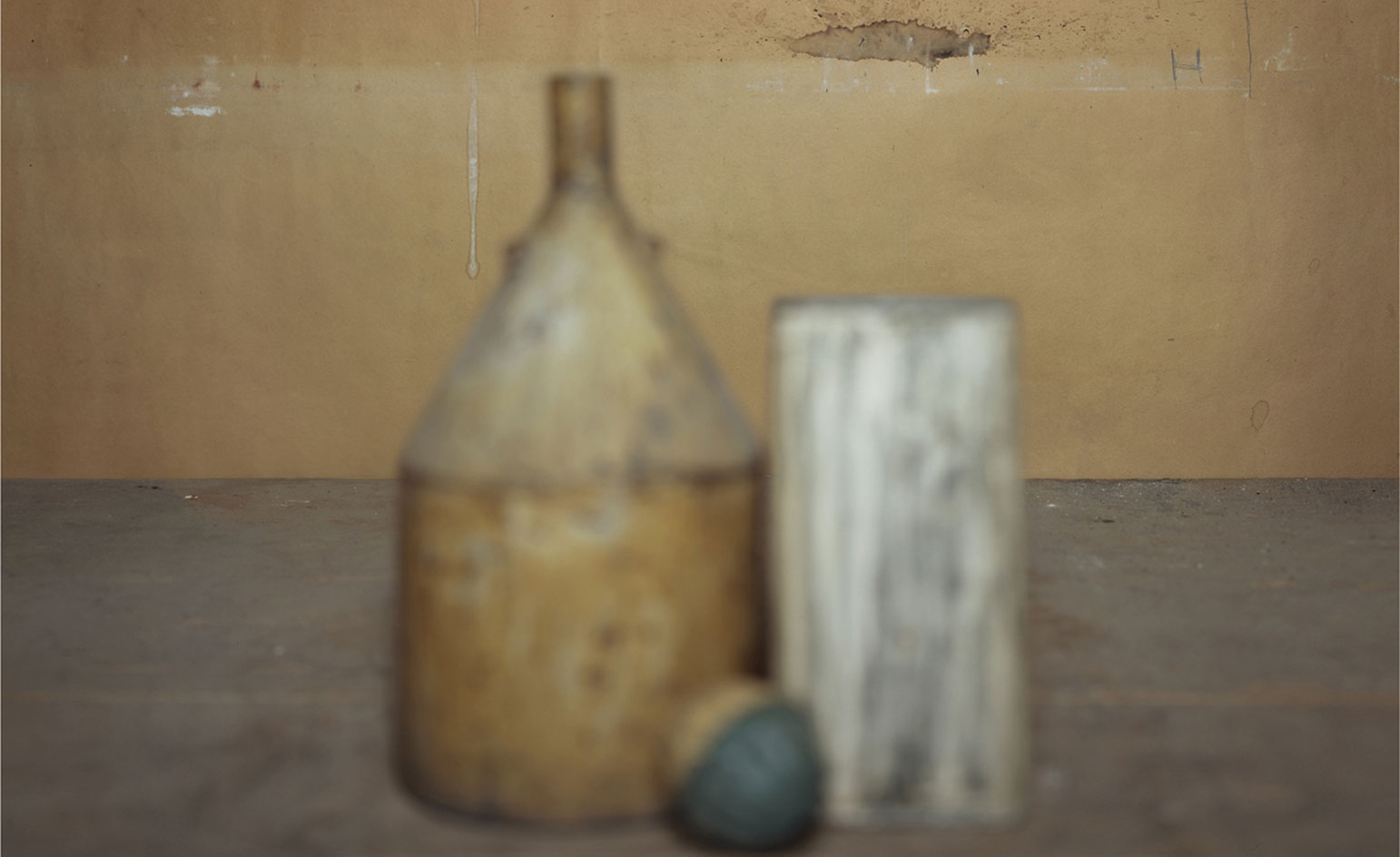
The series also comprises part of a solo exhibition, ’Horizon’, on show at the MAMbo Museo d’Arte Moderna in Bologna
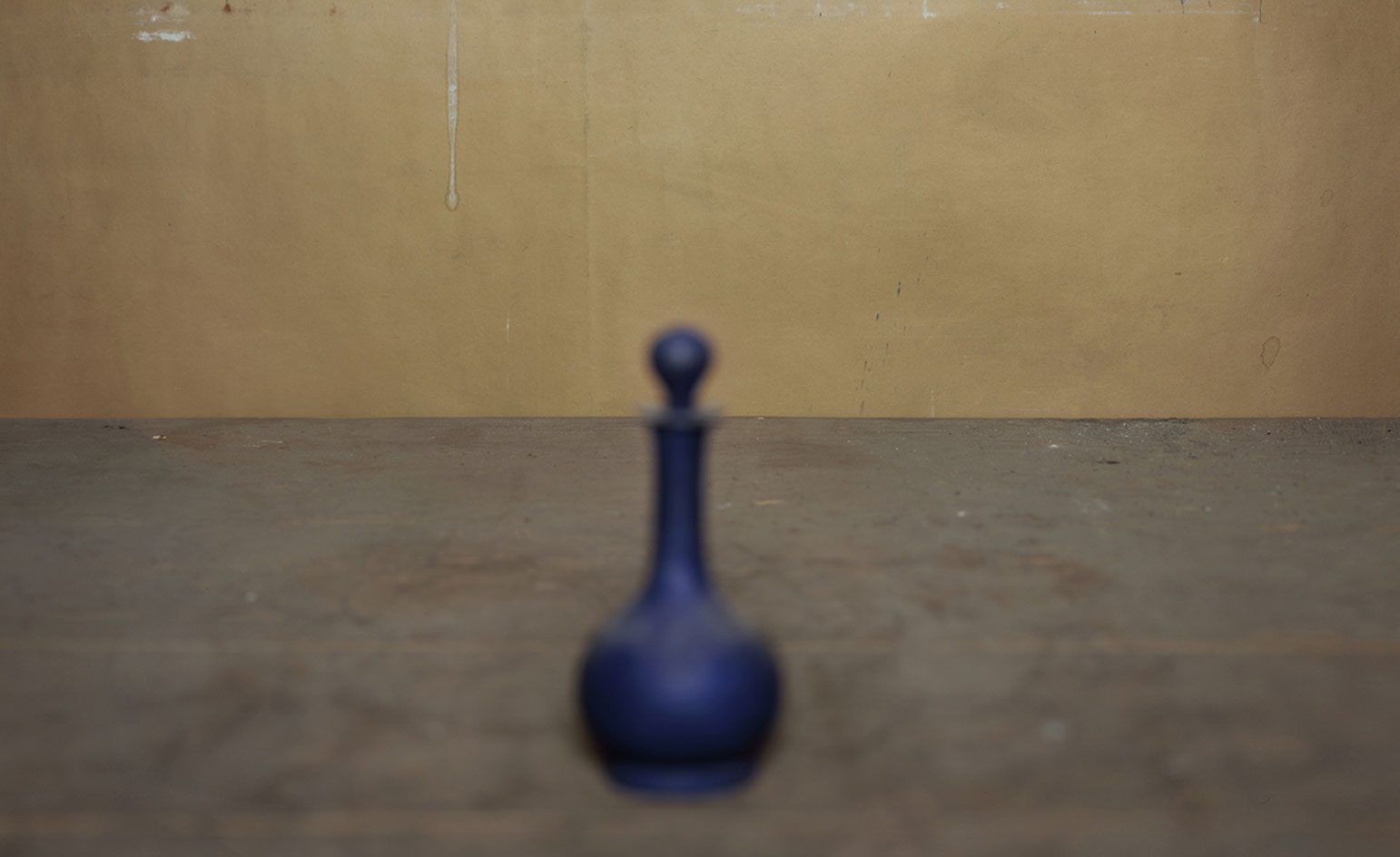
The collection of photographs shows painter Giorgio Morandi’s inanimate painted objects – but blurred while the ‘horizon’ is in sharp focus
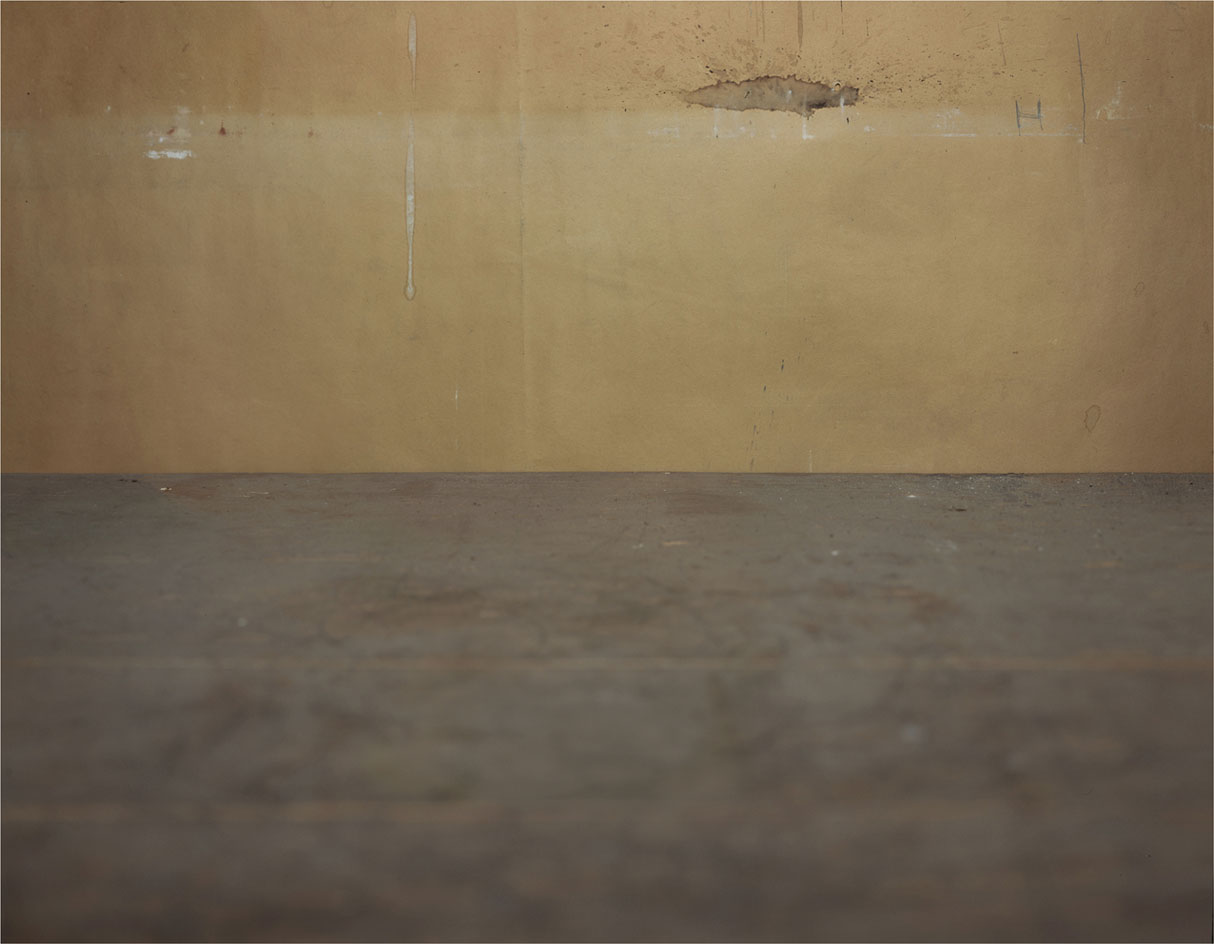
Morandi lived and worked in Bologna his entire life and Niedermair spent days in his small studio on Via Fondazza, shooting his objects

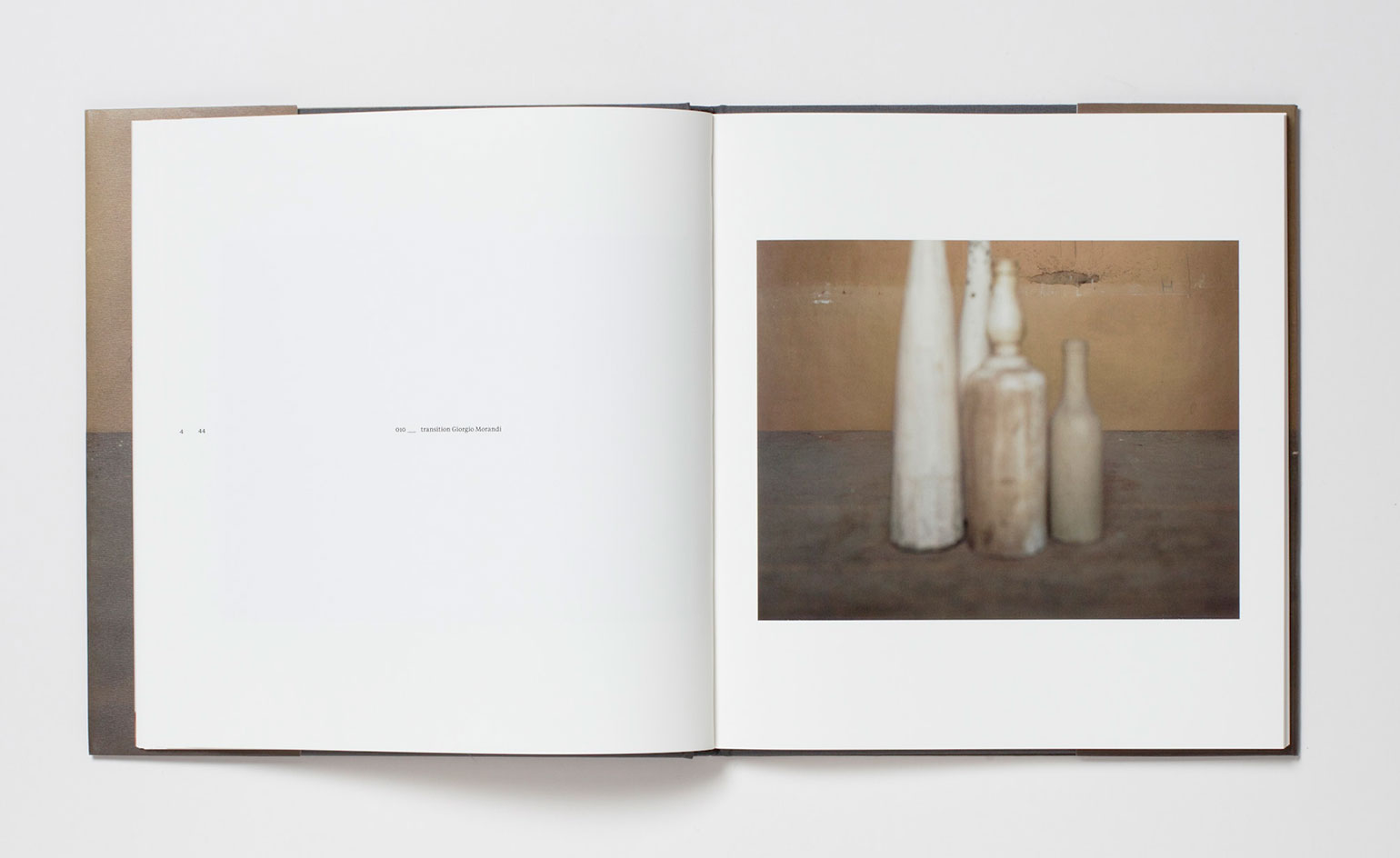
Niedermair joins a growing list of artists, including Rachel Whiteread and Tacita Dean, to celebrate and riff on Morandi’s work
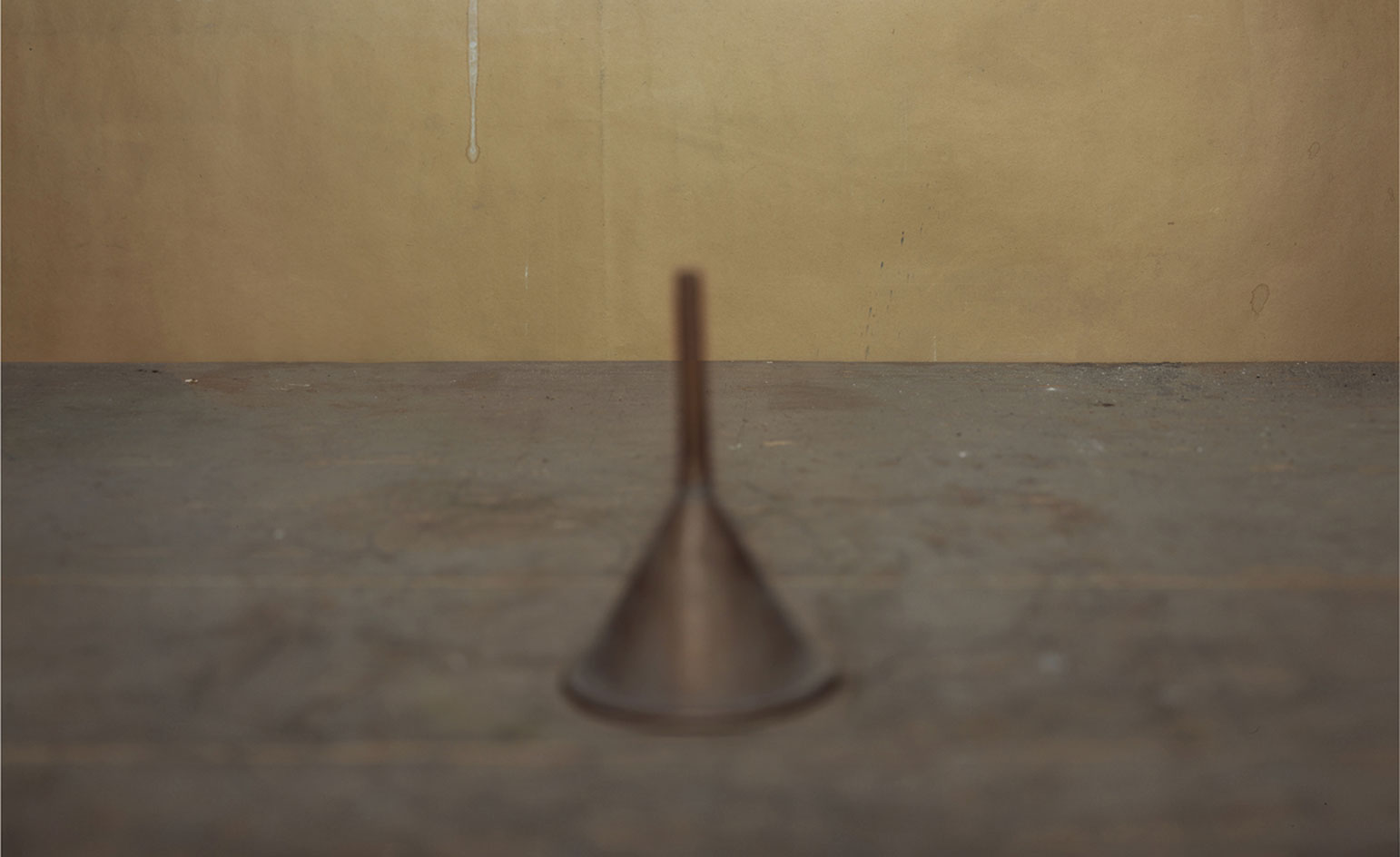
The appeal and influence of Giorgio Morandi’s quietly hypnotic still lives – studies in expert composition and tonal shifts – seems as strong as ever
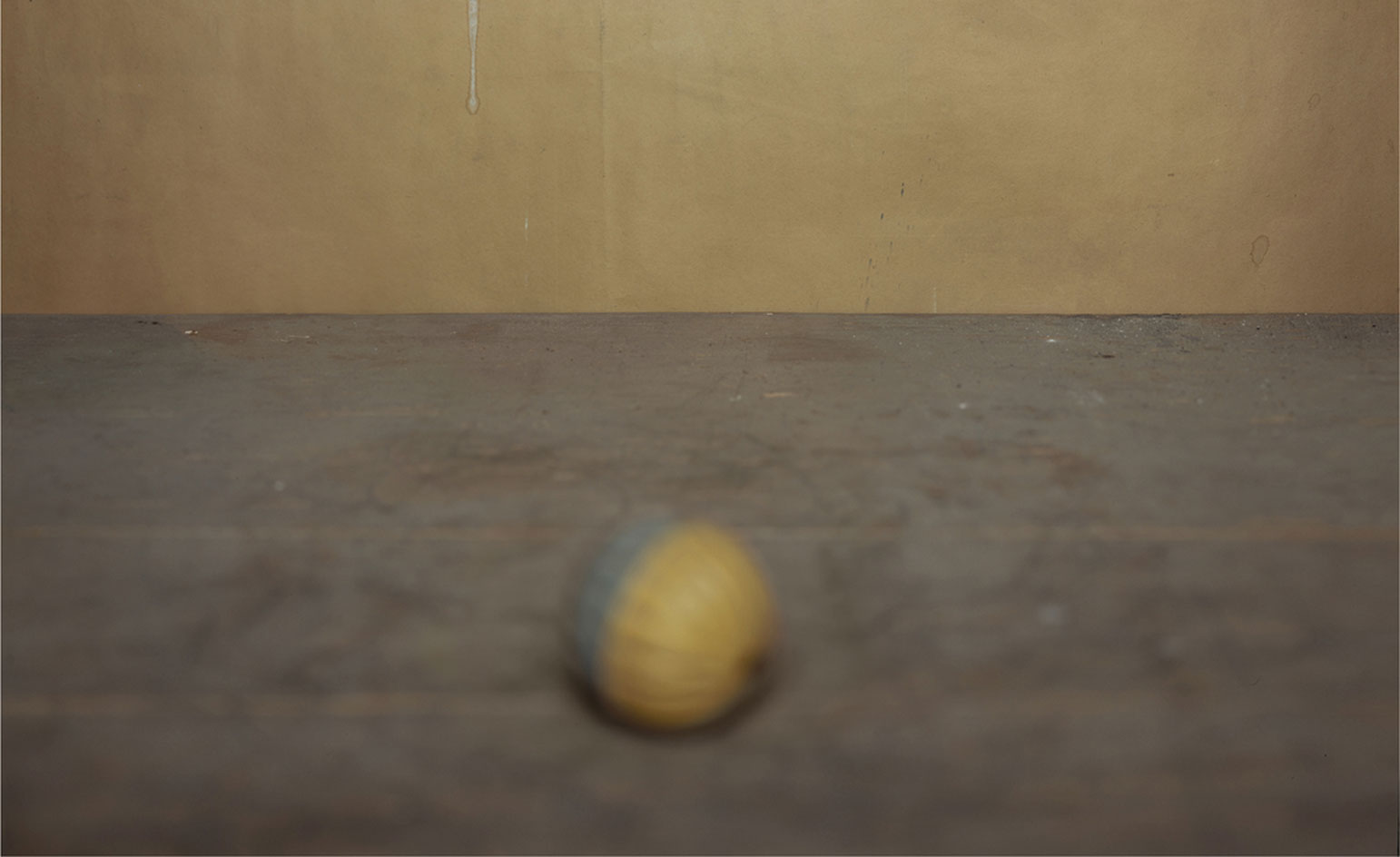
'transition_Giorgio Morandi/ "are you still there?"' remains on show at MAMbo, Bologna till 3 April 2016
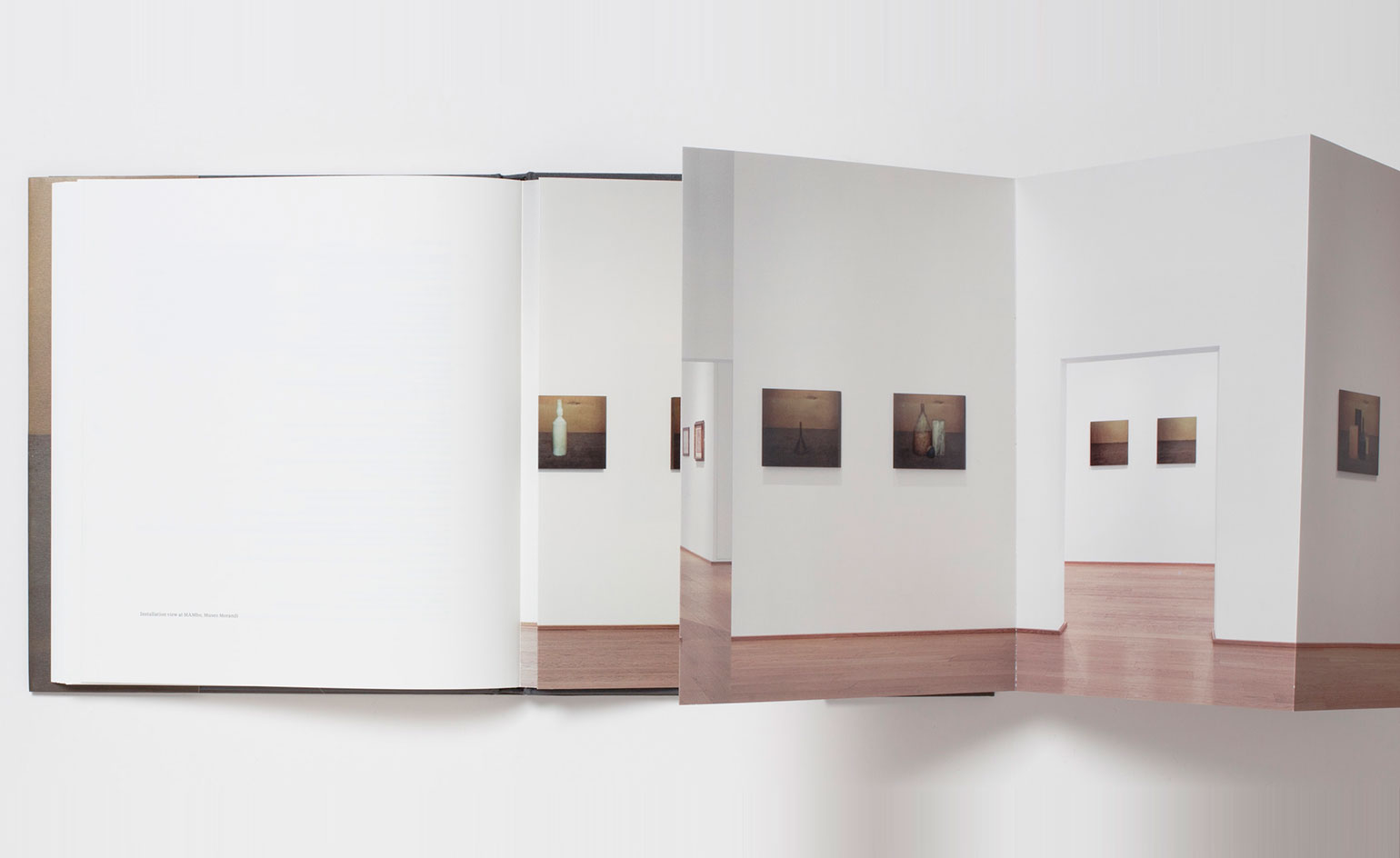
The project has also been immortalised in a new book by the same name, published by Rizzoli, pictured
INFORMATION
’Horizon’ is on view until 3 April 2016. For more information, visit MAMbo Bologna’s website. Published by Rizzoli, ’Transition Giorgio Morandi’, €35, is available to purchase here.
Photography: Brigitte Niedermair
ADDRESS
Museo d'Arte Moderna di Bologna
Via Don Giovanni Minzoni, 14
40100 Bologna
Wallpaper* Newsletter
Receive our daily digest of inspiration, escapism and design stories from around the world direct to your inbox.
-
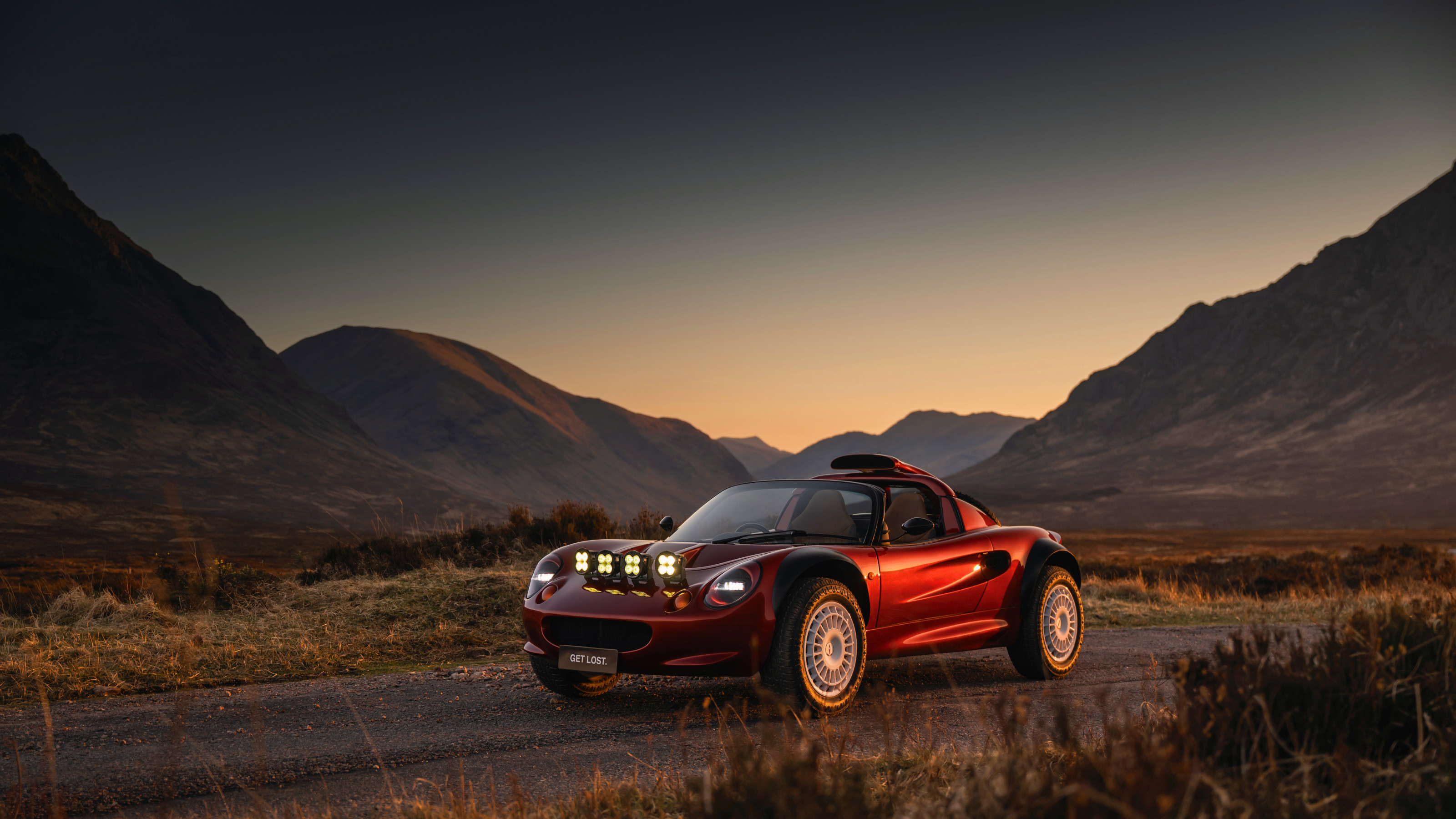 Head out to new frontiers in the pocket-sized Project Safari off-road supercar
Head out to new frontiers in the pocket-sized Project Safari off-road supercarProject Safari is the first venture from Get Lost Automotive and represents a radical reworking of the original 1990s-era Lotus Elise
By Jonathan Bell
-
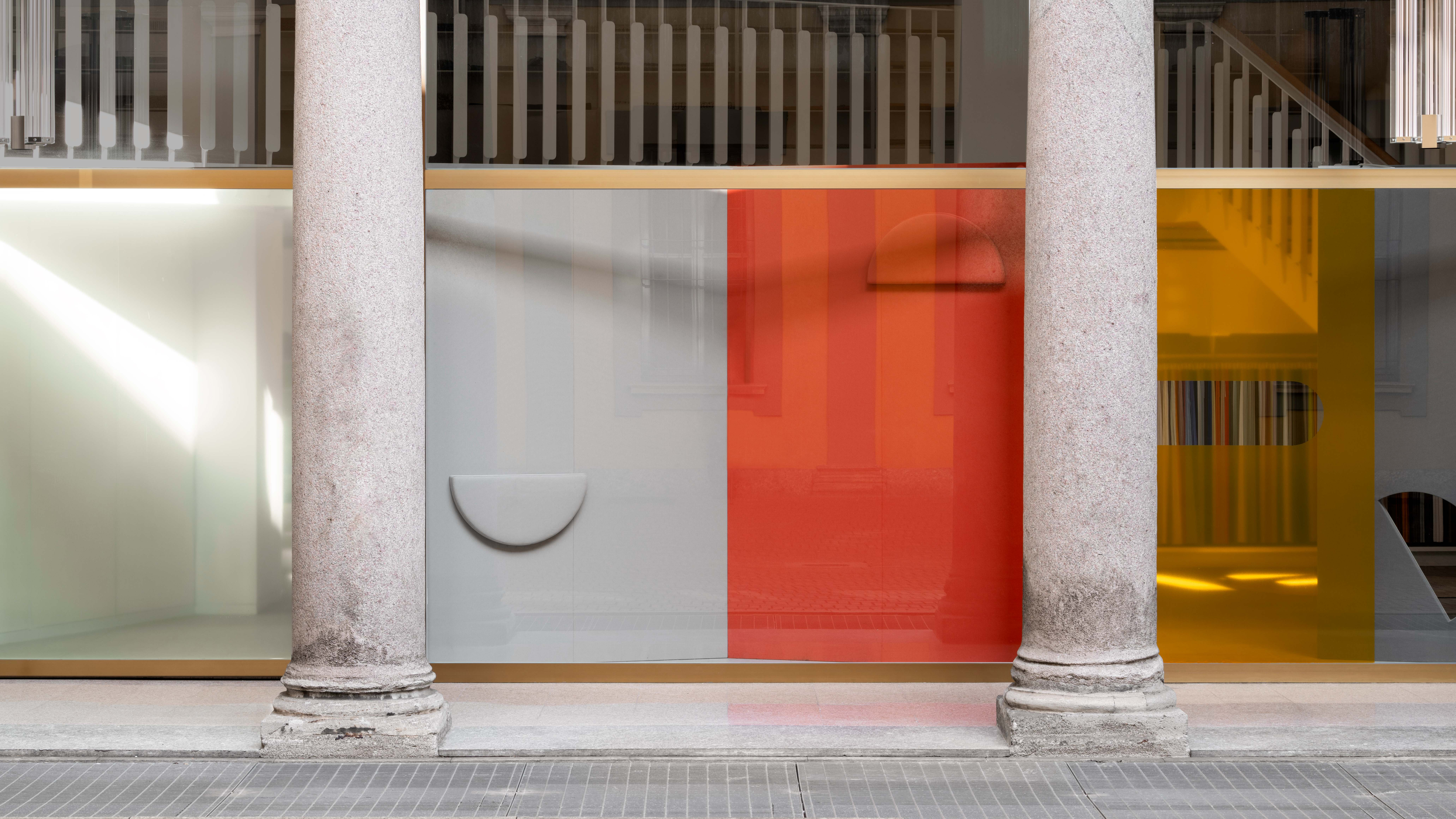 Kapwani Kiwanga transforms Kvadrat’s Milan showroom with a prismatic textile made from ocean waste
Kapwani Kiwanga transforms Kvadrat’s Milan showroom with a prismatic textile made from ocean wasteThe Canada-born artist draws on iridescence in nature to create a dual-toned textile made from ocean-bound plastic
By Ali Morris
-
 This new Vondom outdoor furniture is a breath of fresh air
This new Vondom outdoor furniture is a breath of fresh airDesigned by architect Jean-Marie Massaud, the ‘Pasadena’ collection takes elegance and comfort outdoors
By Simon Mills
-
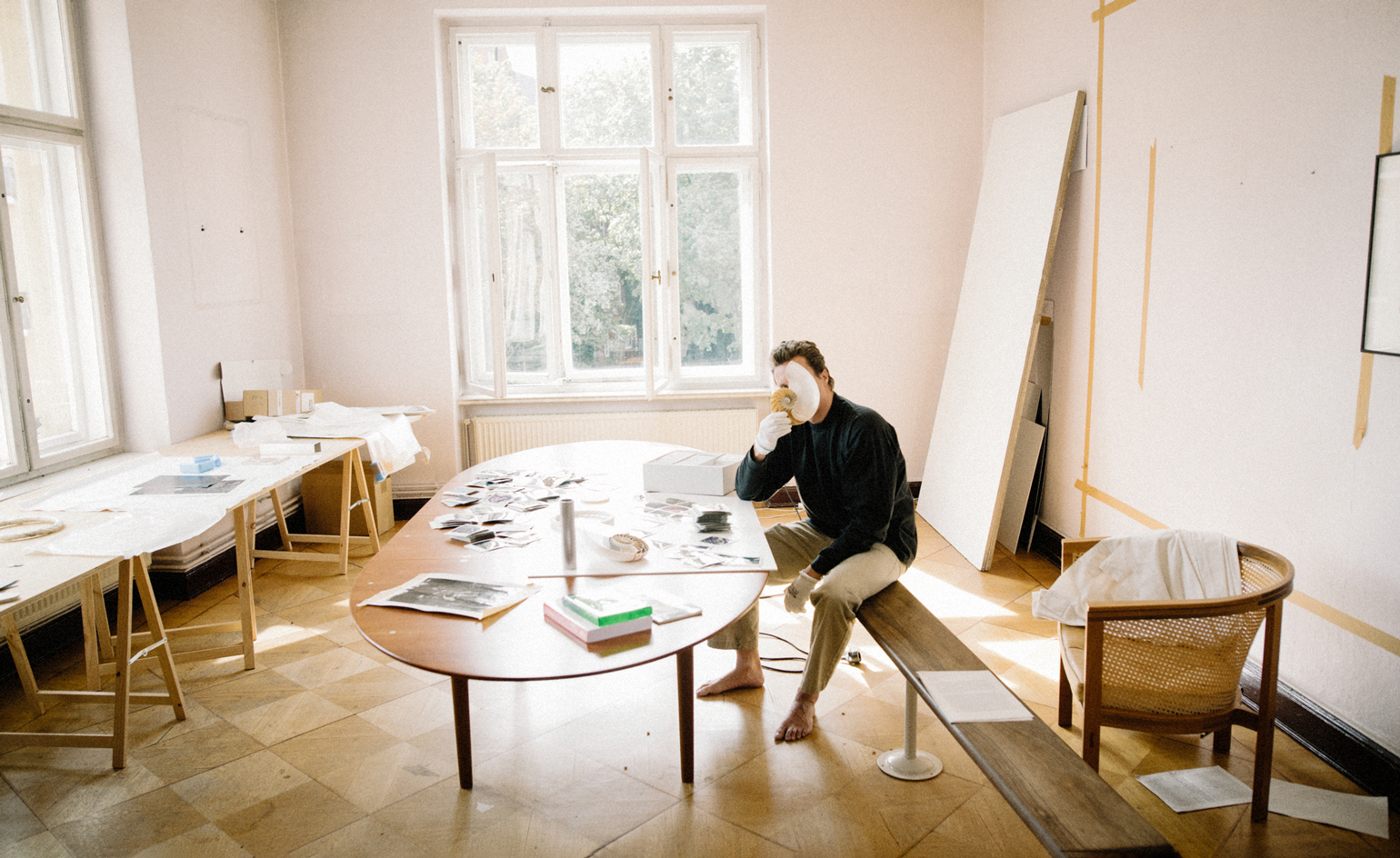 Cyprien Gaillard on chaos, reorder and excavating a Paris in flux
Cyprien Gaillard on chaos, reorder and excavating a Paris in fluxWe interviewed French artist Cyprien Gaillard ahead of his major two-part show, ‘Humpty \ Dumpty’ at Palais de Tokyo and Lafayette Anticipations (until 8 January 2023). Through abandoned clocks, love locks and asbestos, he dissects the human obsession with structural restoration
By Harriet Lloyd-Smith
-
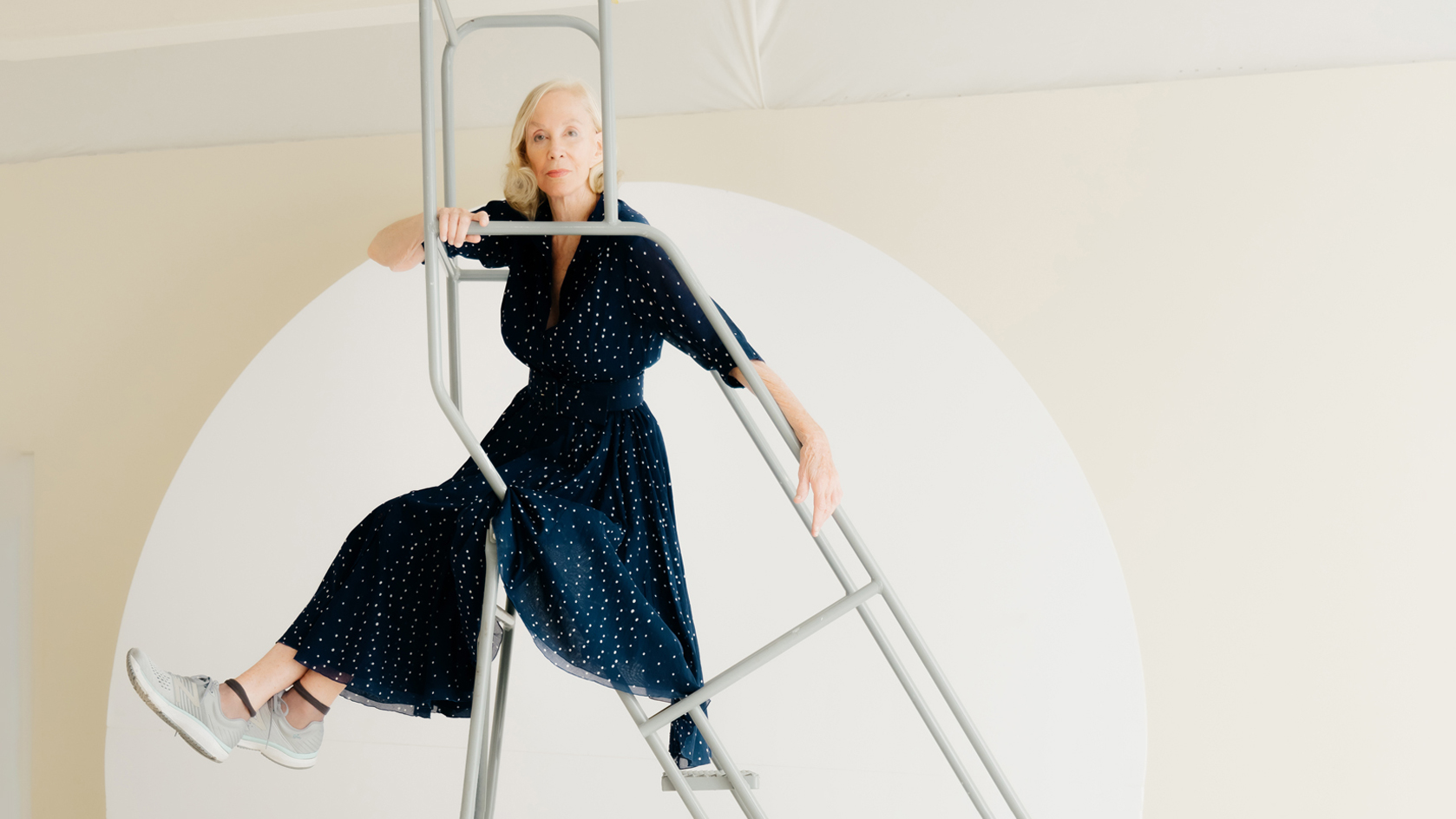 Year in review: top 10 art interviews of 2022, chosen by Wallpaper* arts editor Harriet Lloyd-Smith
Year in review: top 10 art interviews of 2022, chosen by Wallpaper* arts editor Harriet Lloyd-SmithTop 10 art interviews of 2022, as selected by Wallpaper* arts editor Harriet Lloyd-Smith, summing up another dramatic year in the art world
By Harriet Lloyd-Smith
-
 Yayoi Kusama on love, hope and the power of art
Yayoi Kusama on love, hope and the power of artThere’s still time to see Yayoi Kusama’s major retrospective at M+, Hong Kong (until 14 May). In our interview, the legendary Japanese artist vows to continue to ‘create art to leave the message of “love forever”’
By Megan C Hills
-
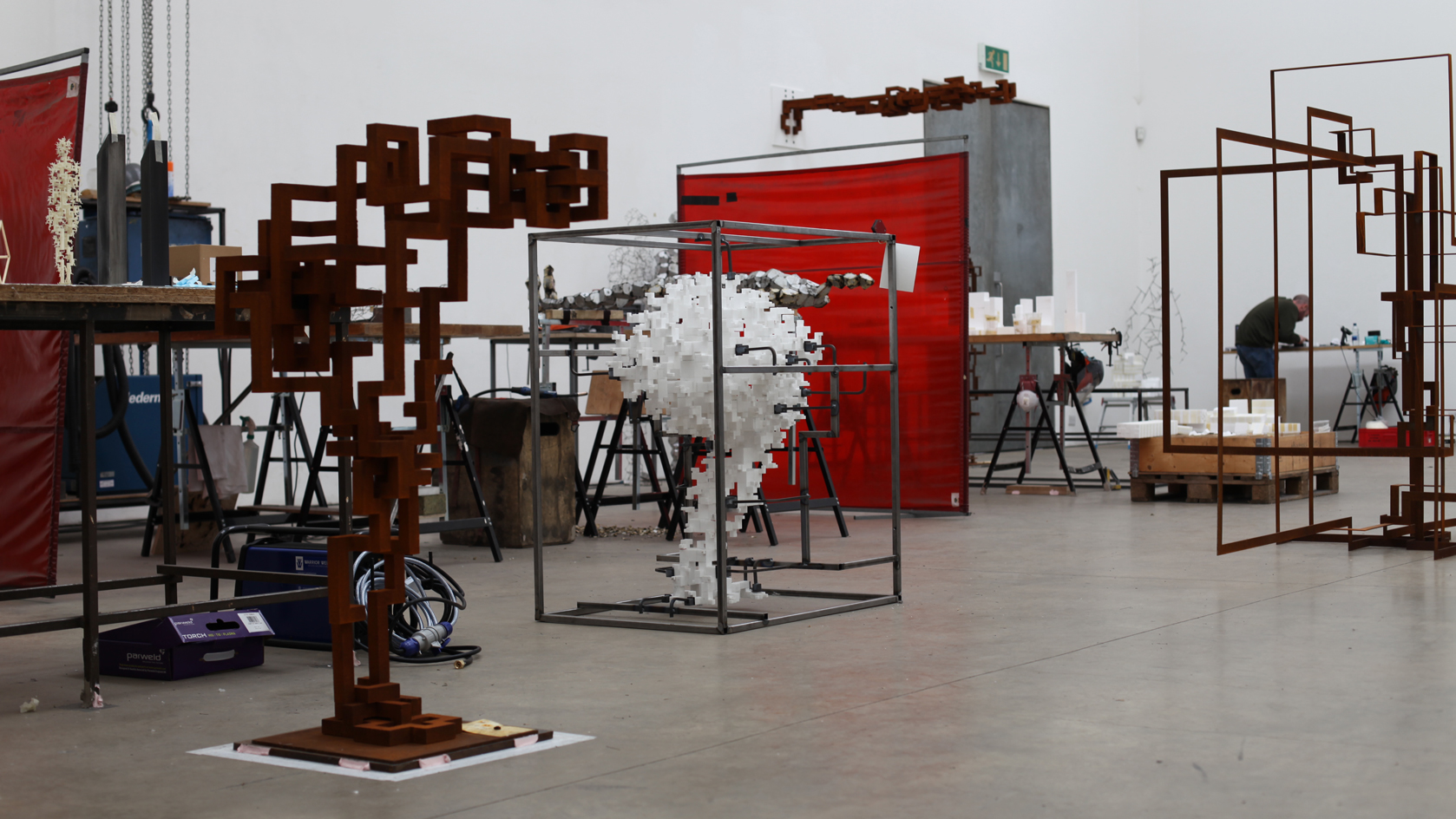 Antony Gormley interview: ‘We’re at more than a tipping point. We’re in a moment of utter crisis’
Antony Gormley interview: ‘We’re at more than a tipping point. We’re in a moment of utter crisis’We visit the London studio of British sculptor Antony Gormley ahead of his major new show ‘Body Field’ at Xavier Hufkens Brussels
By Harriet Lloyd-Smith
-
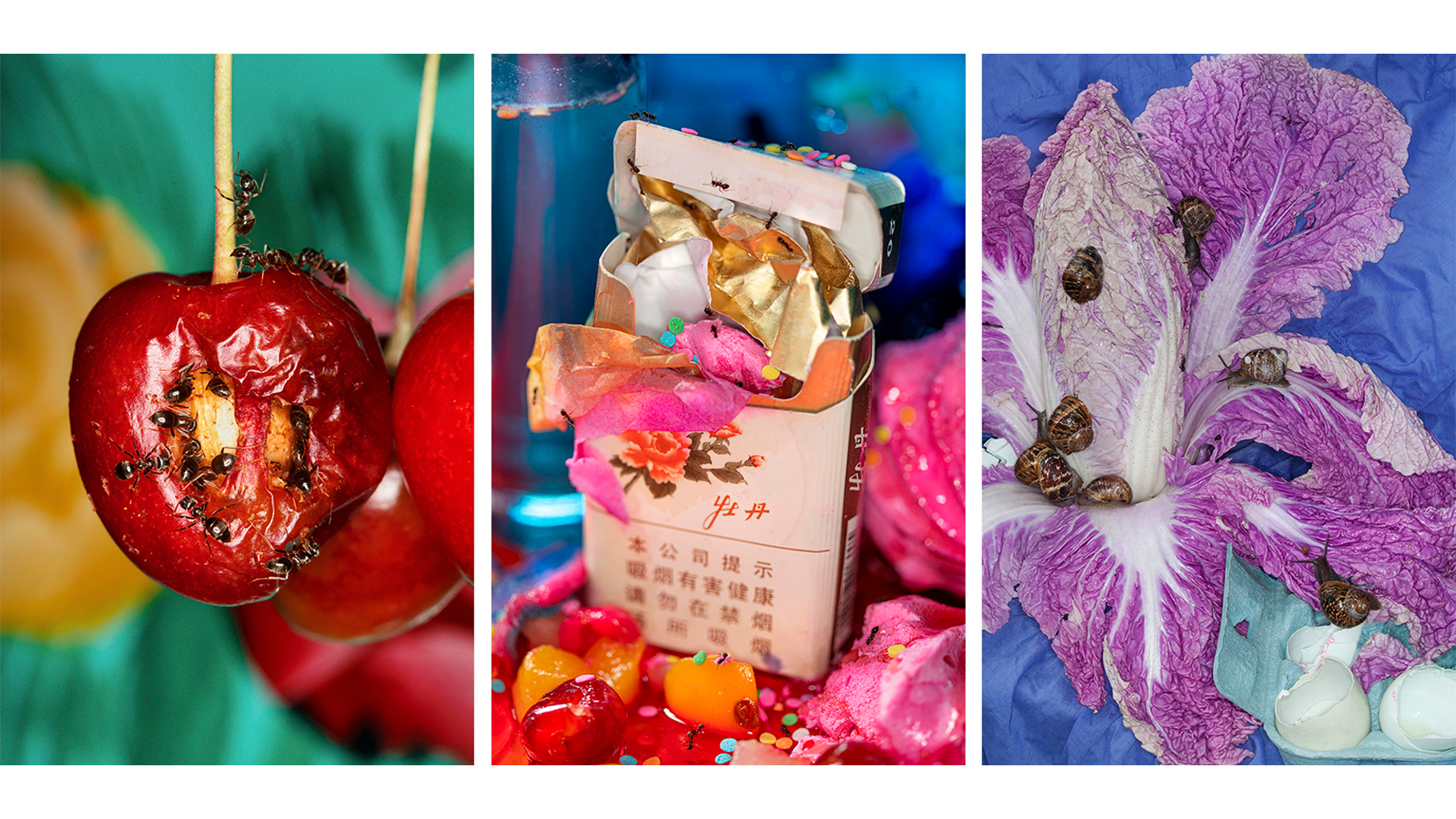 Photographer Maisie Cousins on nostalgia, impulsive making and ‘collecting useless things’
Photographer Maisie Cousins on nostalgia, impulsive making and ‘collecting useless things’Explore the vision of British artist Maisie Cousins in ‘Through the lens’, our monthly series spotlighting photographers who are Wallpaper* contributors
By Sophie Gladstone
-
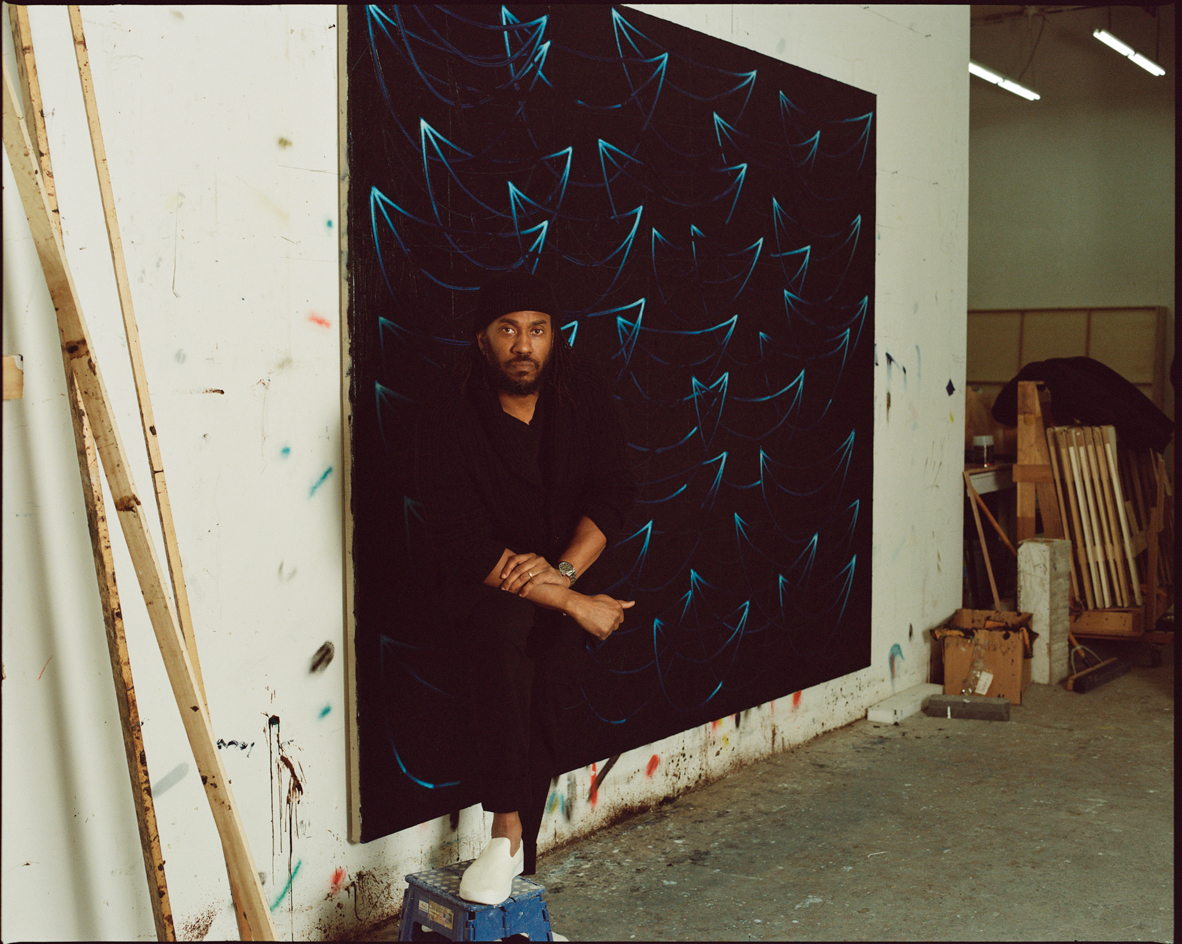 Rashid Johnson in Menorca: a journey through migration, longing and togetherness
Rashid Johnson in Menorca: a journey through migration, longing and togethernessWe visited Rashid Johnson’s Brooklyn studio ahead of the artist’s show at Hauser & Wirth Menorca, which contemplates drift – physical and emotional
By Osman Can Yerebakan
-
 Step inside the kaleidoscopic universe of Pipilotti Rist
Step inside the kaleidoscopic universe of Pipilotti RistSwiss artist Pipilotti Rist, who headlines Wallpaper’s November 2022 issue, has transformed the way we see, with a poetic yet playful practice spanning three decades. Here, and in a special portfolio, she reveals how she has liberated video art from its conventions, imbued the digital realm with emotion, animated public spaces, and harnessed the healing powers of colour
By Jessica Klingelfuss
-
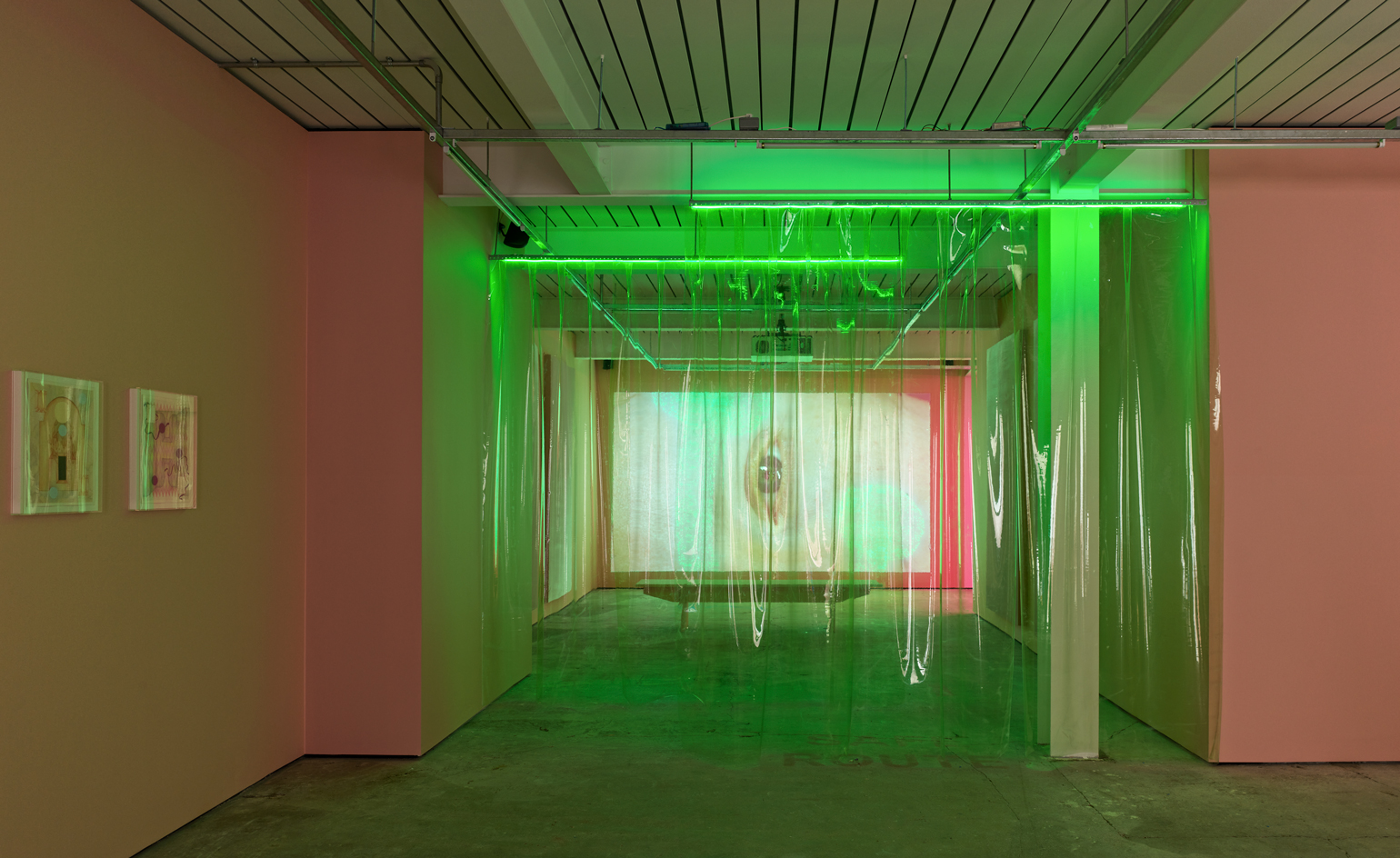 Gathering: the new Soho gallery blending art and social activism
Gathering: the new Soho gallery blending art and social activismGathering, the newest gallery resident in London’s Soho, will focus on contemporary art exploring systemic social issues. Ahead of Tai Shani’s inaugural show, we speak to founders Alex Flick and Trinidad Fombella about their vision for the gallery
By Harriet Lloyd-Smith